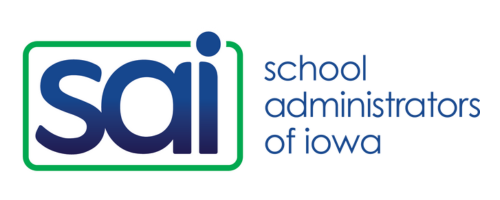Leading Better School Teams
Teams allow you to get further faster on the road to your school improvement goals. Apply these 6 strategies to uplevel your team leadership.
A recent post on New Leaders speaks to the number and significance of teams in our schools from grade-level to curriculum to building leadership teams. Leveraging the potential impact of these teams (think collective efficacy with an effect size of 1.34) requires a leader “who works hard to build trust, empower others, create connections, and who possesses a strong streak of empathy and knows that team members are people first and workers second.” The authors recommend these 6 strategies to hone your team leadership skills:
- Reflect on your team’s effectiveness. The following questions can guide your process:
- How are we currently using this team and its learnings in our school?
- Do people readily volunteer for participation on this team? If not, what could we do to make participation more attractive?
- What skills should we help team members develop further?
- Are there professional learning opportunities that we can offer, both independently and collectively, to grow this team’s leadership capabilities?
- Is the team “effective,” according to our standards (how have we defined effectiveness?)? What kind of support might the team need to be even more effective?
- Build the cohesiveness of the team before digging into the work. Consider tools like the 16 types personality assessment (Results Document and Team Recording Template) and this resource for establishing agreements so everyone is on the same page and clear about our expectations for how we will work and be together.
- Be clear about the purpose of the team. “If you’re a group of third-grade teachers, that’s why you’re meeting, right? Not quite. As Pryia Parker, author of The Art of Gathering, says, “A category is not a purpose.” Being third-grade teachers is what defines you—it’s not why you exist. A purpose for your third-grade team might be something like, “We come together as a team to support one another, learn from each other, and identify ways we can better meet the needs of our third-grade students.” Purpose helps teams make better decisions.
- Invite diversity on the team. Different perspectives and viewpoint enrich and enhance the experience of the team while leading to better decision-making and more innovation. Seek diverse representation on your team.
- Leverage team members’ strengths when distributing leadership. The 16 types can support you in knowing the strengths of each team member. Your role as leader is to empower your people according to their strengths. You cannot do this job alone. When you share leadership, you increase engagement (and job satisfaction). “It’s all about making people feel valued, making the most out of the expertise you have on your teams, and making the most of everyone’s time.”
- Be intentional about noticing and elevating “leaders-to-be.” Did someone see something in you that you did not see in yourself? Were you encouraged to pursue administration? Do the same for others on your staff. “This is where it’s helpful to point out all the leadership actions they perform on a daily basis. Managing their classrooms, communicating with parents, planning instruction, collaborating with other teachers, and making decisions about their own professional learning are all “leadership” qualities.”
Leadership is about developing capacity in others. These 6 strategies can support you in fostering your team to accomplish your most important goals!
Read the full article here.
